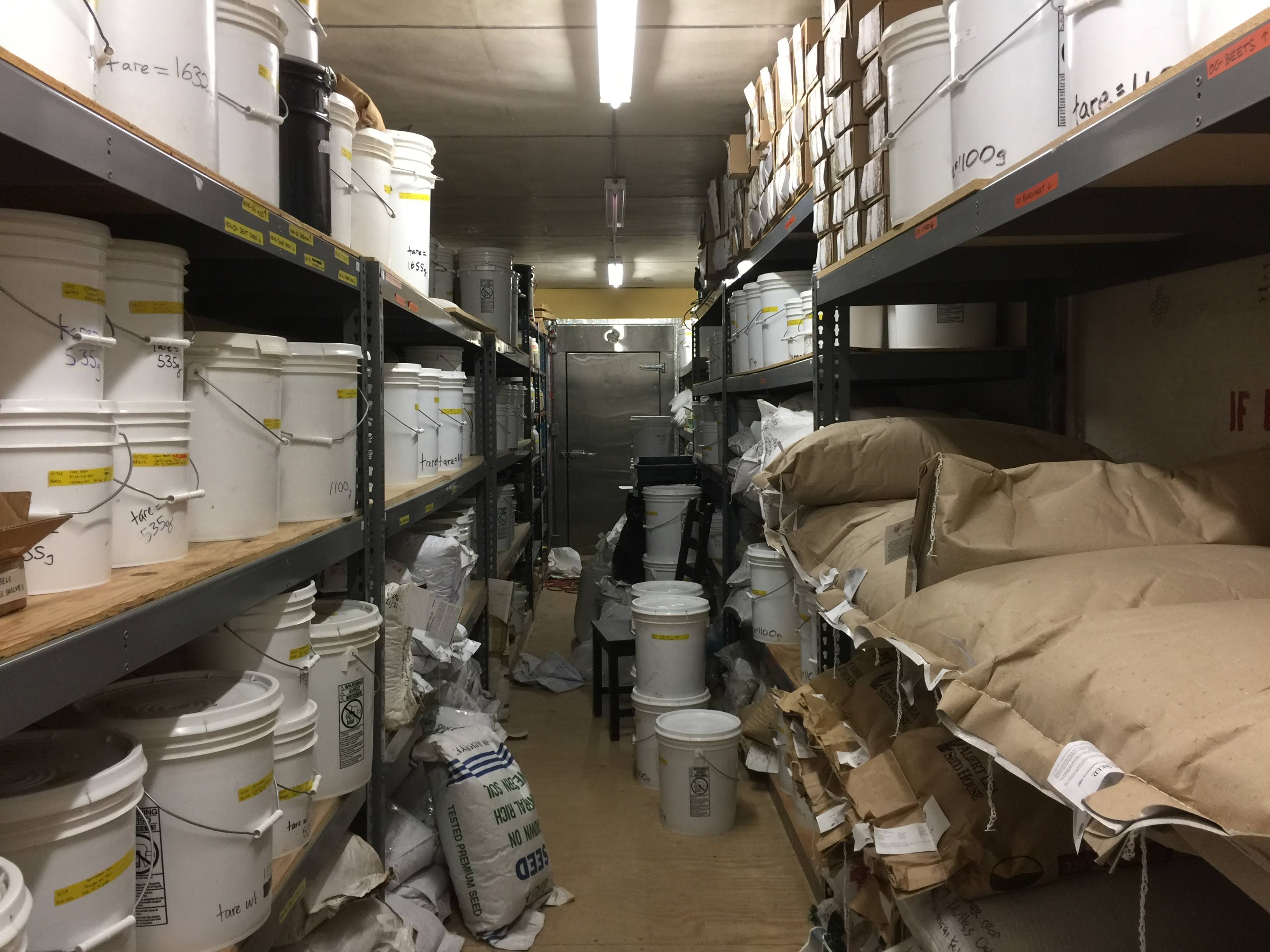As crazy as it sounds, the gardening season begins in winter. Starting seeds indoors during the winter and early spring is crucial to a successful summer garden, but it can be a challenge, especially for new gardeners. Here’s everything you need to know to have success starting seeds indoors. Keep reading for seed starting benefits, guidelines, supplies, and common mistakes.
Benefits of Starting Seeds Indoors
Starting your own seeds indoors isn’t always easy, but it comes with some incredible benefits!
- Starting transplants from seeds offers a wider selection. You aren’t limited by what plants your local garden center offers.
- May help achieve earlier harvests. Starting your own seeds allows you to control when transplants will be ready to go in the ground.
- Provides healthier transplants. When done appropriately, managing the humidity, temperature, and other conditions helps you grow healthier, superior transplants for your garden.
- Helps protect delicate seedlings. Many crops like summer squash, lettuce, and cucumbers can be started indoors or direct sown. However, starting them indoors can protect them from pests like insects and rodents while they’re still small.
- Allows you to plant successions. Many places offer seedlings in the spring, but few still have them in late summer. When you know how to start seeds indoors, you can grow cabbages, broccoli, and other crops for your fall garden.
- Saves money. Seeds are much cheaper than transplants. Starting your own seeds may help make your garden fund go further.
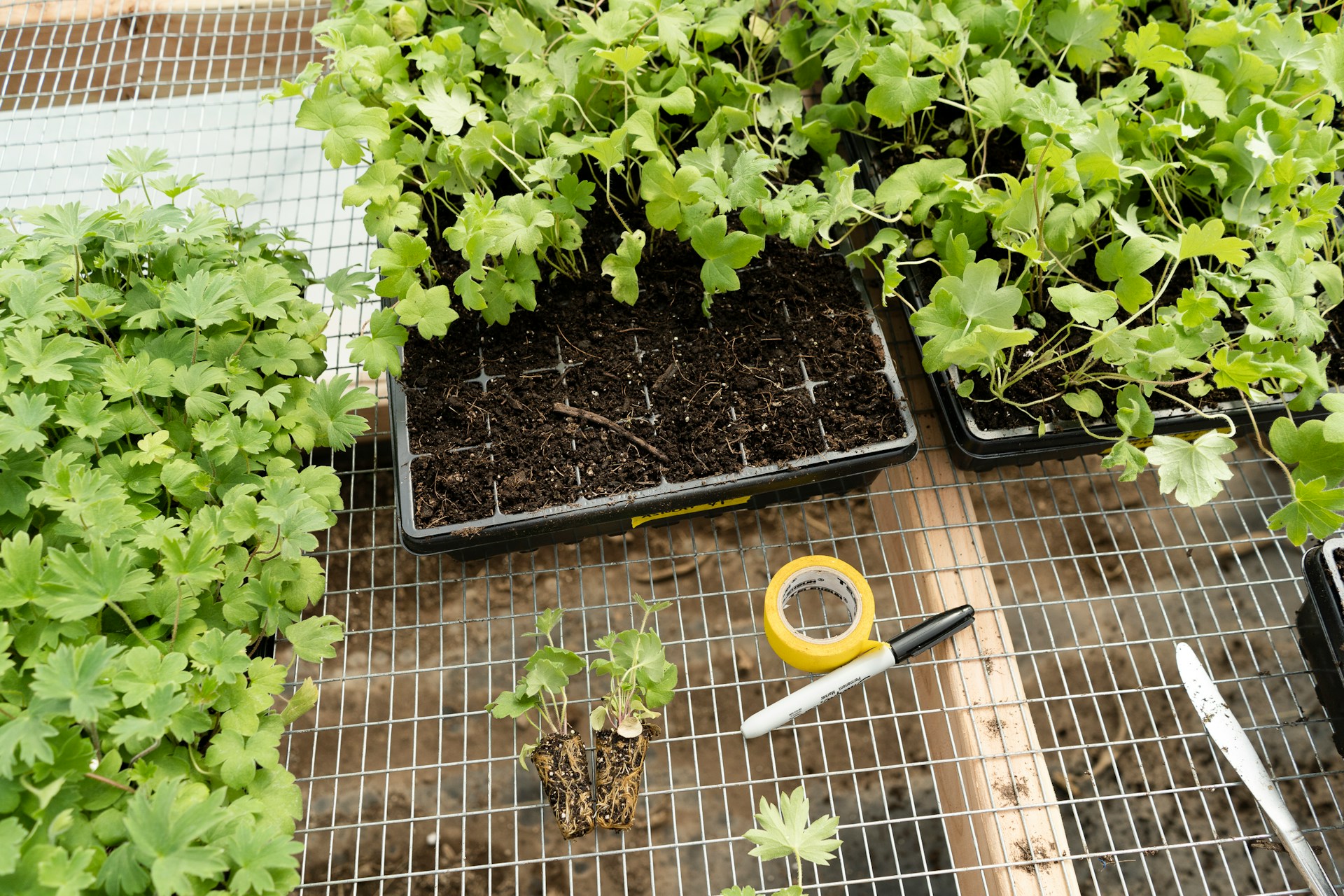 Supplies for Starting Seeds
Supplies for Starting Seeds
To have success starting seeds indoors, you’ll need a few basic supplies. There are also some optional supplies that may help ensure success depending on your conditions.
Containers or Trays
There are many options for seed starting containers, but they should have a couple of key features. Proper seed starting containers should be fairly shallow and contain drainage holes.
Consider whether you will pot up your plants when selecting container sizes. Some crops like tomatoes thrive when potted up into larger containers as they grow. Others, like cucumbers, don’t enjoy having their roots disturbed. Plant these in container sizes that will be large enough until you transplant them outside.
A soil blocker, which compresses blocks of growing medium, is another brilliant method. These compressed blocks of soil prevent plants from becoming root bound. When combined with a tray, it helps you reduce the amount of plastic your seed starting effort requires. Biodegradable pots or newspaper pots are another plastic-free alternative.
Growing Medium
To start seeds, you want a quality seed starting or germination mix. These light mixes reduce compaction and hold moisture well. Common organic options include ProMix, FoxFarm Happy Frog Potting Mix, and Down to Earth Starter Mix. If you’re looking for organic, look for the OMRI (Organic Materials Review Institute) certification on the bag.
You can also make your own seed starting mix. Many growers now do this to avoid products like perlite and peat, which may not be sustainable. Some also find they can get away with pure, screened, quality compost. Experiment with this, as not all compost shares the same properties.
Avoid reusing potting mix. The mix will degrade over time and could contain soil-borne pathogens introducing diseases to your new crops.
Lights for Starting Seeds
When starting seeds indoors, you’ll need supplemental light. Window light isn’t adequate. You’ll end up with spindly, weak seedlings.
There are many grow light options available, but you can also use cheap “shop” lights. These work just as well. LED options are the most efficient but if you have fluorescent on hand, those will work too.
You will also want chains or strings to hang your lights. You will need to adjust the height of your lights as the seedlings grow.
Watering Can and Mister
A good watering can will make maintaining your indoor seedlings much easier. You can use two methods, top watering or bottom watering.
A watering can with a gentle “rain” of water is good for top watering seedlings. A mister can also be handy, especially when working with fine seeds that haven’t germinated yet.
Alternatively, you can bottom water by pouring water into the waterproof tray your containers or soil blocks are sitting in.
Fertilizer
Do you need to fertilize seedlings? If you’re growing transplants indoors for just a few weeks before transplanting them, they may get everything they need from your growing medium. However, seedlings kept indoors for longer periods often benefit from additional nutrients.
Usually growers fertilize seedlings by adding a bit to the water. There are commercial chemical seedling fertilizers available. You can also use nutrient rich amendments like compost tea, liquid kelp, or fish emulsion.
Follow package instructions when adding fertilizer or amendments to the water.
Do NOT add fertilizer before the seeds germinate. The salts in fertilizer can prevent newly germinated seeds from growing roots and taking up water.
Humidity Domes
Humidity domes aren’t required, but many growers find them useful, especially during germination. They hold in moisture, keeping the humidity high to encourage good germination. They can be helpful if your growing area has hot, dry air like near a wood stove.
You can purchase humidity domes or try making your own from clear plastic or containers. They must be clear to let in light.
Remove after germination.
Heat Mats
Heat mats are another optional seed starting accessory. These mats sit under your trays and containers keeping the soil at a steady, warm temperature. They’re great for folks who start seeds in cool areas like basements and struggle with heat-loving crops like peppers and eggplants. 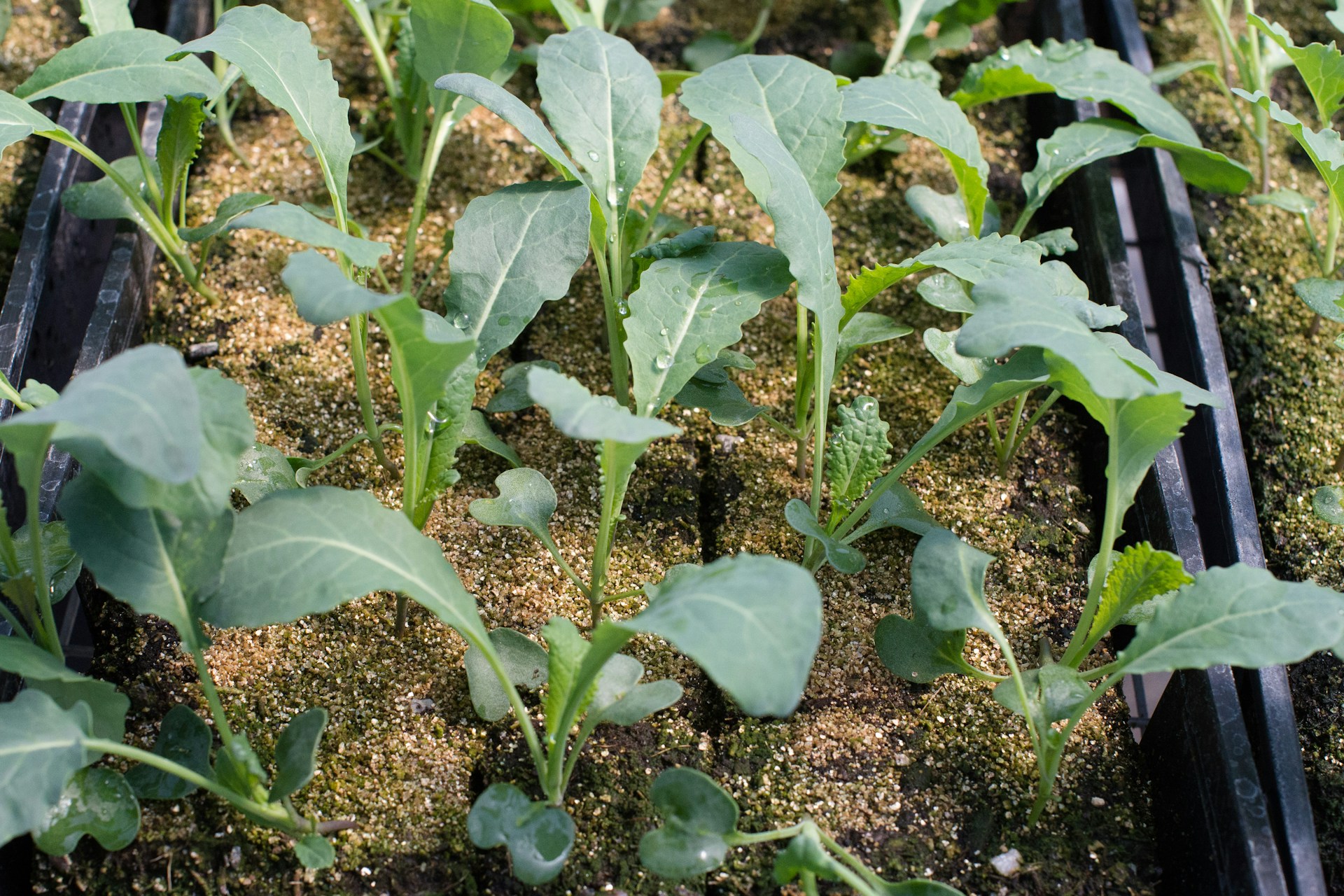
How to Start Seeds Indoors
Once you have all your supplies, you’re ready to start your seeds!
- Carefully read your variety’s planting information on the packet or growing guide. These will provide crucial information for seed starting. Your crop may need light to germinate, require cold stratification, have a long germination period, or need specific soil temperatures. Get familiar with a variety’s specific needs to prevent issues before they start.
- Find appropriate planting dates for your area. You can use a planting app like our garden calendar or find your USDA hardiness zone and last expected frost date to determine the dates to put your seeds in soil.
- Prepare and clean a seed starting and growing area. Sanitize your equipment like containers and set up places to put seeds, lights, and other supplies. Keeping equipment clean prevents the spread of disease.
- Moisten your seed starting medium if necessary. To avoid dry spots, it’s best to take the material out of the package and stir it up in a bin or wheelbarrow. You want it to be moist but not waterlogged. You should NOT be able to squeeze water out of it.
- Firmly but gently press your growing medium into your containers. Good soil contact with seeds and roots is important for germination and growth.
- Sow your seeds according to planting instructions.
- Gently water in your seeds (a mister is a great tool for this) and keep them consistently moist as they germinate.
- As seedlings begin to grow, provide 12-18 hours of supplemental light daily. A timer can make this much easier. Keep the lights about 2 to 4 inches above the tops of the seedlings.
- Maintain good watering practices. Once the seeds have germinated, allow the soil to begin to dry out in between watering. Keeping the soil too damp can lead to disease issues. Keep in mind that as the plants grow larger, they usually need more water.
- Provide appropriate soil temperatures by using heat mats or moving seedlings to a warmer spot in the house, like beside wood stoves or heaters. Monitor the soil and don’t let it get too hot or dry out in these areas.
- Lightly fertilize plants if necessary. Only fertilize seedlings that have their true leaves and dilute the fertilizer to the manufacturers recommendations.
- Pot up large plants that have their true leaves necessary. If your seedlings outgrow their containers, many like tomatoes, peppers, and eggplants can be potted up. Choose pots that are only a bit bigger. They should be no larger than 1 to 2 inches wider in diameter than the existing pot.
- Harden off seedlings before transplanting them outdoors. Set the seedlings outdoors in a shady, sheltered spot for a few hours each day before bringing them indoors at night. Slowly reduce watering.
Over a couple of weeks, gradually increase the sunlight and time spent outdoors. Then transplant them on a cool, cloudy day. Failing to harden off your seedlings can cause wind burn and sun burn. While many will probably recover, it can set them back tremendously and you may lose some entirely.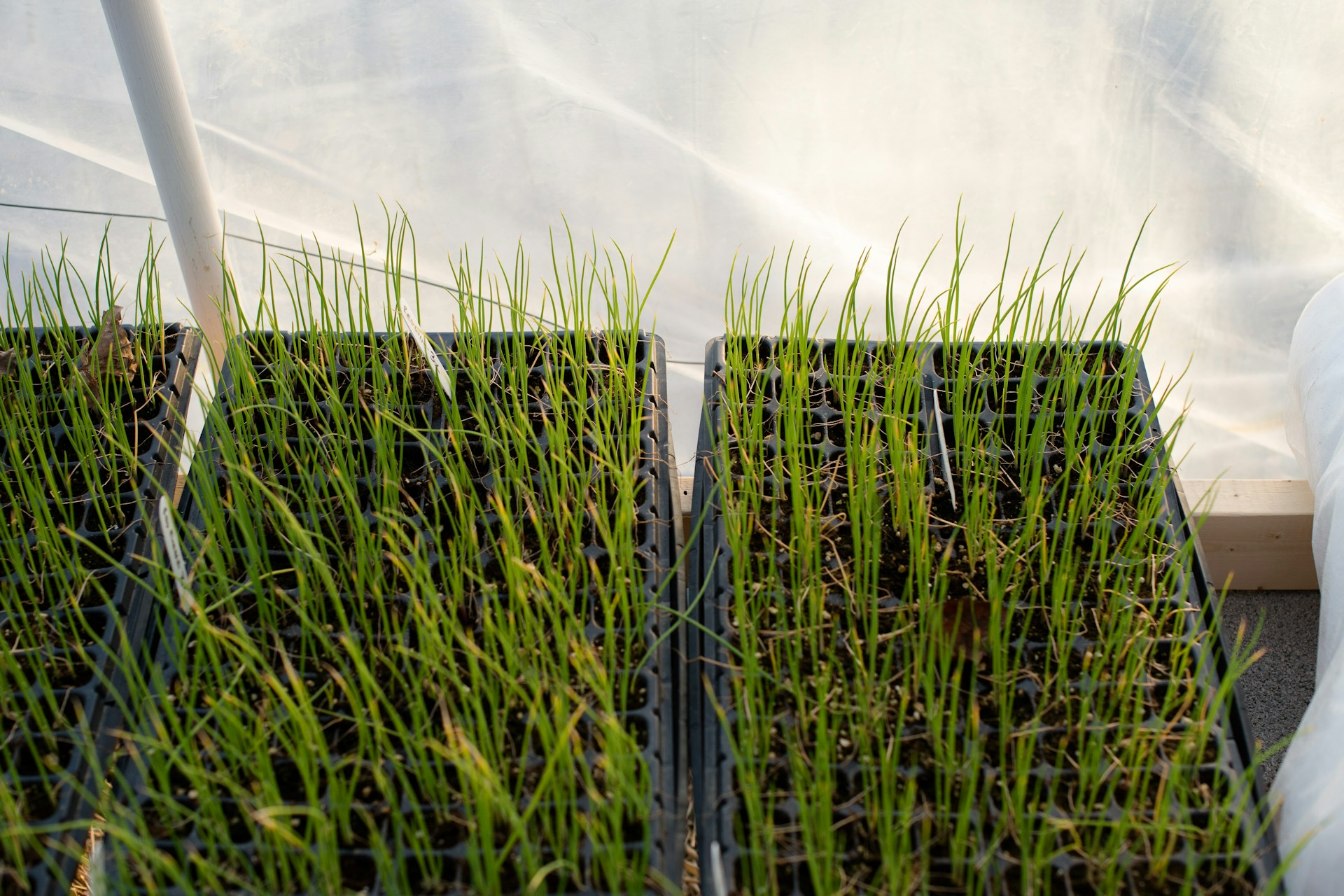
Common Seed Starting Issues and Mistakes
Learning to recognize and catch issues early is essential for good production.
Seeds are slow to germinate.
If your seeds are taking much longer to germinate than expected, they probably aren’t receiving ideal conditions. Use a soil thermometer to check the soil temperature and ensure its appropriate to the variety. Be vigilant about keeping the soil moist. You may need to use a humidity dome to help hold in moisture.
Make sure you have met germination requirements for your specific variety, like light or cold stratification.
Seedlings look tall and spindly.
Tall, spindly or leggy seedlings are a sure sign that they’re not getting enough light. Make sure the lights are close enough to the tops of the plants, that you have adequate light coverage, and that they’re getting enough light each day.
Young seedlings suddenly die.
Usually called dampening off, this sudden death occurs when certain fungi colonize the seedling’s roots. The best way to deal with dampening off is to prevent it.
- Keep tools and equipment clean.
- Use containers with good drainage and quality seed starting mix.
- Avoid over-watering.
- Provide supplemental light.
- Avoid crowding seedlings to encourage airflow.
- Remove humidity domes after germination.
Purple, yellow, or discolored leaves.
Discolored seedlings can indicate many issues. Improper lighting, cold temperatures, disease, nutrient deficiencies, and over fertilization can all contribute.
In larger, otherwise healthy seedlings, it’s often a sign of nutrient deficiencies. Yellow may indicate a lack of nitrogen, while purple can indicate a lack of potassium or phosphorus. If you have already fertilized, check other factors like lighting and temperature.
Rootbound seedlings.
When seedlings spend too long in a small container, they often become rootbound. The roots grow and look for any available space, circling around the inside of the container. This forms a solid mass of roots, but isn’t the end of the world.
When you are potting up or transplanting rootbound seedlings, gently pull apart and separate the root mass. This encourages them to grow correctly in the new soil.
Starting seeds indoors is a rewarding way to start your garden during the winter! Use these basic guidelines for success with starting most basic crops, including vegetables, flowers, and herbs. Getting more familiar with each individual crop or variety will also help your crops to thrive.

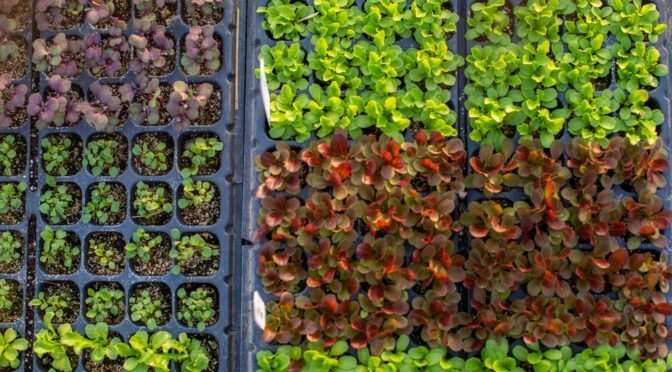
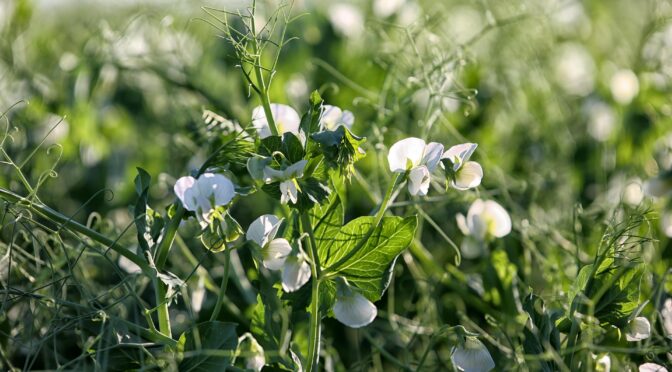

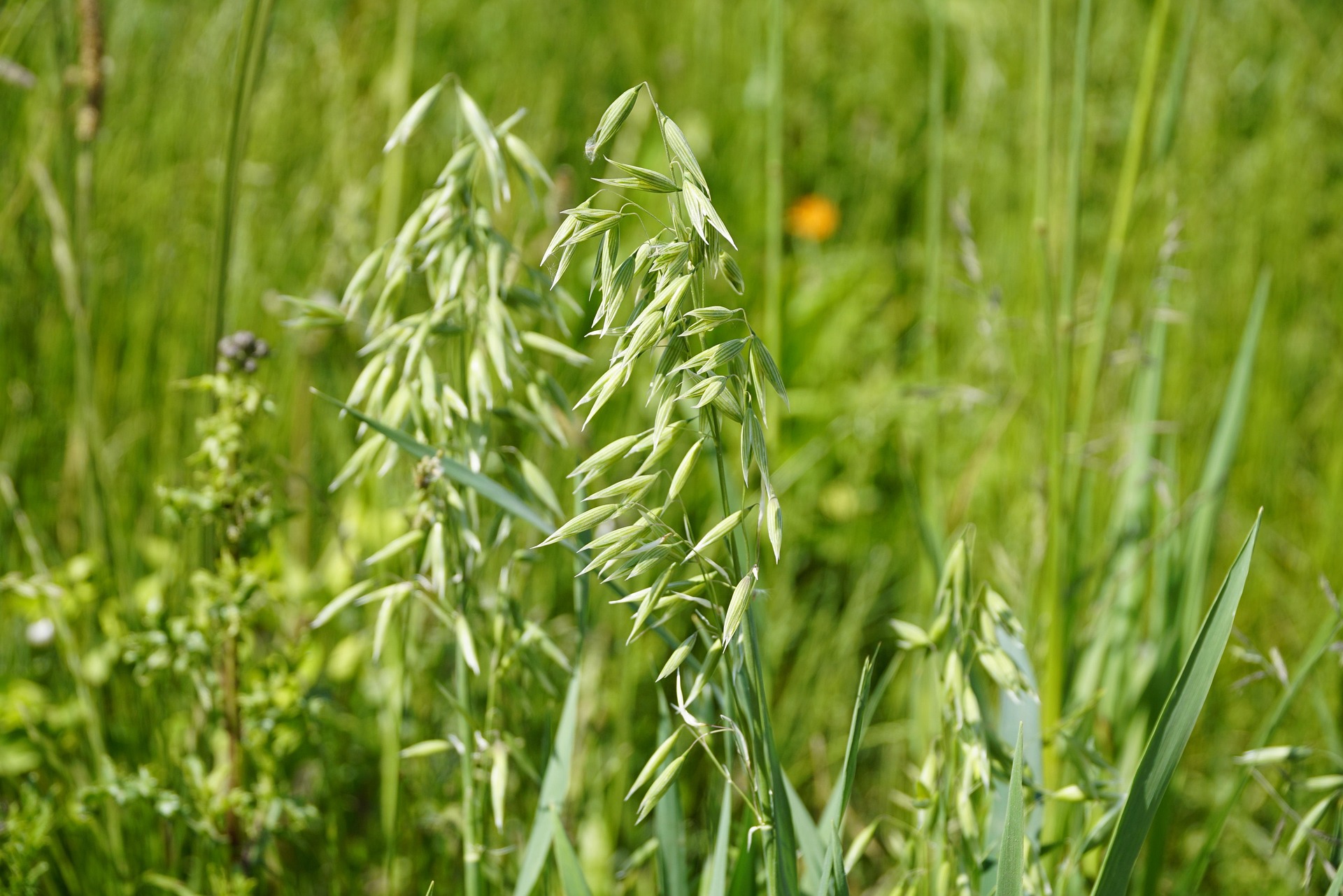
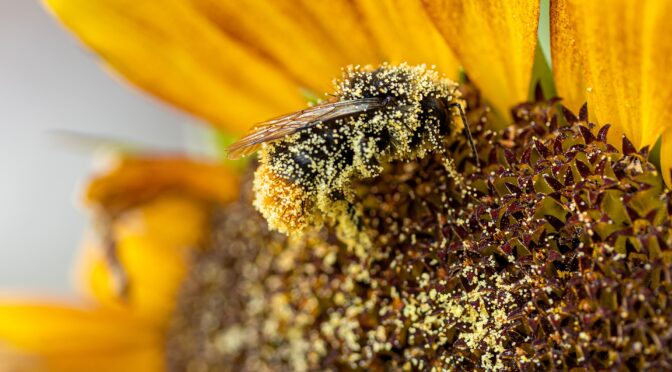
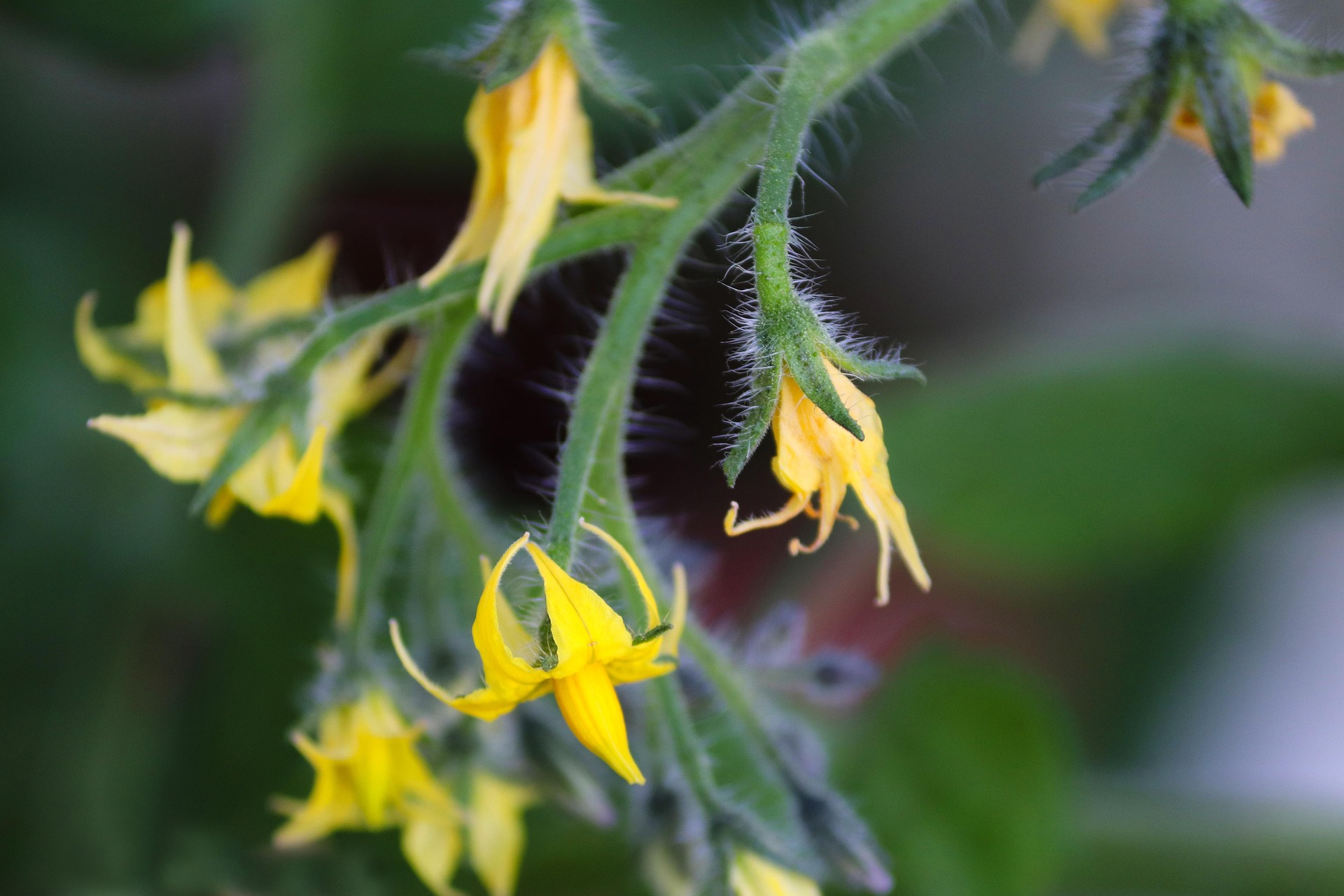 Isolation by Distance
Isolation by Distance
